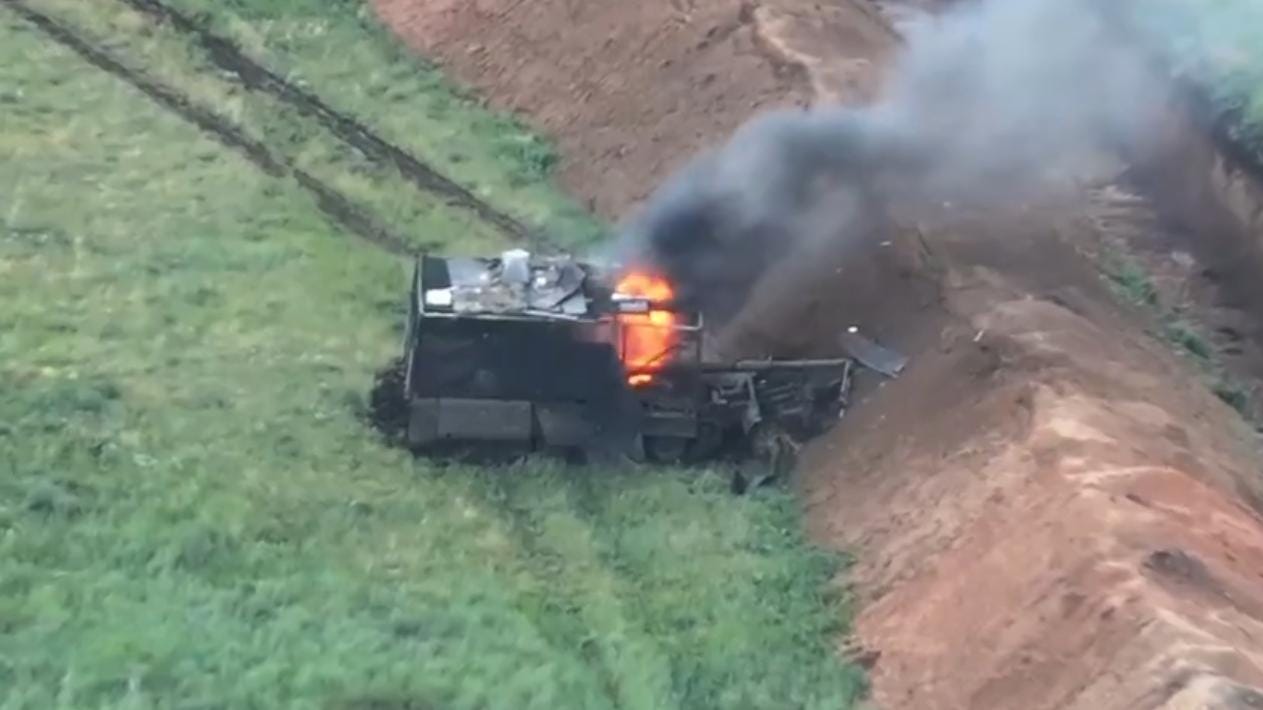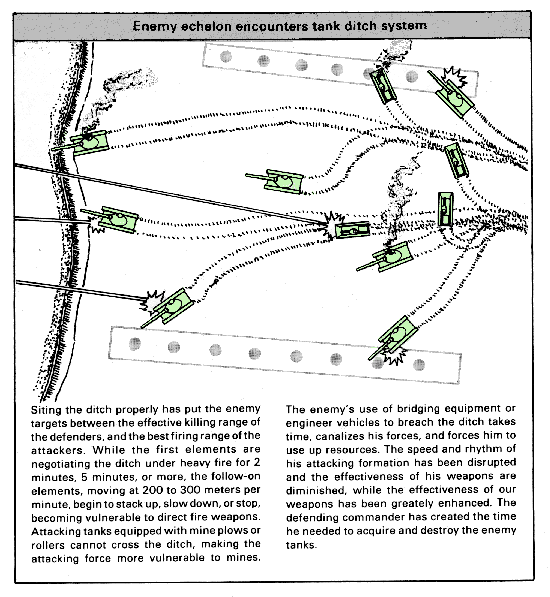Russian Turtle Tanks Can't Climb
Dirt still works against mechanized forces
Hoping to take advantage of the Ukrainian military’s desperate manpower shortage, the Russian military in Ukraine has deployed more of its vanishing stockpile of tanks.
So far, the results are … unspectacular. Armored assaults on Siversk, Toretsk and Pokrovsk last month all ended in failure. And one recent tank attack ran afoul of the simplest possible defense: a pile of dirt.
The Ukrainian Unmanned Systems Forces’ famous Birds of Magyar drone unit was on duty over a length of the front-line when at least three up-armored Russian turtle tanks attacked. It’s unclear where the daylight assault took place, but it’s worth noting the Birds of Magyar were recently deployed just west of Pokrovsk in eastern Ukraine’s Donetsk Oblast.
Russian tanks, lately a rare sight along the front line as the Kremlin’s losses of vehicles and other heavy equipment exceed 20,000 and new production struggles to keep up, have tried to hasten Pokrovsk’s fall.
The turtle tanks advanced in The Birds of Magyar’s sector. (See video below.) Drones buzzed in. The turtle tanks burned. Notably, the Ukrainian drones caught the tanks moving parallel to a tall earthen berm backed by a deep anti-tank ditch—an encouraging example of effective Ukrainian defensive works that slow and redirect Russian mechanized forces.
Tanks versus dirt
For as long as tanks have existed, berms and ditches have been among the best defenses against them. The U.S. Army’s Field Manual 5-102 explains the benefits of berms and ditches that are, respectively, too tall and too wide for tanks to cross on their own. “The speed and rhythm of [the enemy’s] attacking formation has been disrupted [and] the defending commander has created the time he needed to acquire and destroy the enemy tanks.”
A complex breaching operation—engineering vehicle plowing through berm and filling in trenches while other forces lay down covering fire—can clear earthworks and allow a mechanized force to pass through.
But a breach is one of the most difficult operations in ground warfare—and it’s become even more difficult in the age of tiny drones. These days, large groups of heavy vehicles simply cannot linger on the battlefield.
The Ukrainian defense ministry has come under scrutiny for failing to prepare adequate earthworks. That significant anti-tank obstacles are in place in at least one key sector could signal the ministry is finally internalizing the enduring importance of basic fortifications.
Anti-tank earthworks are less effective against infantry, of course. And most Russian attacks are still infantry-led.
Russian troops recently marched through a gap in Ukrainian defenses northeast of Pokrovsk, further closing a pincer north of the city that could compel the Ukrainian garrison to retreat—and bringing to an end a yearlong fight for the city. “If the current dynamics of combat operations are maintained, the enemy will be able to capture Pokrovsk by autumn,” the Ukrainian Center for Defense Strategies warned.
All eyes are on those infantry-starved Ukrainian brigades struggling to hold northeast of the city—and the Russian 51st Combined Arms Army trying to exploit their struggle. “If the rates of advance of the 51st Combined Arms Army’s assault units do not drastically decrease in the near future, the further fate of Pokrovsk will be decided,” CDS noted.
But it may not be decided by lumbering turtle tanks stuck behind berms until drones destroy them.




